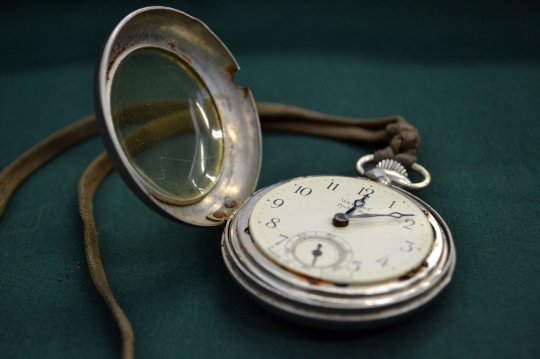
 Share
ShareGame Managaement

Game Management –
Keeping the Game Moving
It is common for games to experience big delays, both starting the game and between
innings resulting in only minimal innings getting played (especially in the lower divisions).
As an umpire, it is your responsibility to manage the game and there are several things you
can do to ensure maximum playing time by reducing the delays.
MLB has set a limit of 2 minutes between inning changes, and you should use that as a
guideline. Keep in mind that a 5 inning game will have 9 half-inning breaks. If you allow
those breaks to go on for 5 minutes, the result is 45 minutes of non-playing which is a
significant portion of a game with a 105 or 120 minute time-limit.
Here are a few suggestions to ensure you are minimizing delays:
- Hold the plate meeting 5 minutes prior to the start of the game.
- At the plate meeting, tell the coaches you expect the players to hustle in and off
the field between innings. Let them know you expect them to be ready to play
within 2-3 minutes on each change.
- At the end of the plate meeting, let the home coach know they have 2 minutes to have their team on the field ready to go for the beginning of the game.
- Team meetings between innings are okay but should not delay the game. If a batter is not ready to go, or the pitcher and catcher not out on the field due to the coaches holding team meetings, you need to tell the coach to stop having those meetings.
- When the defensive team takes the field if the catcher is not ready to go, tell the coach to have another player put on a catcher’s mask to warm up the pitcher. This can be a player off the bench, the 3rd baseman etc.
- Rule 8.03 in the Little League Rule book states that a pitcher may throw up to 8 pitches but shall not use more than 1 minute of time. A returning pitcher should be given only 5-6 warm up pitches at the start of the inning. A new pitcher is provided 8. Both may be reduced if there is a delay in the warm-up by either late arrival of the pitcher/catcher, conferences between pitcher/catcher etc.
- To speed up the warm-up when a catcher is consistently letting the warm-up pitches pass, stand near him/her and hand him another game ball to toss back to the pitcher. You or the base ump can get the passed ball. The second umpire can also stand near the pitcher and hand him/her a new ball for passed or missed balls.
- If the defensive team is slow coming to the field, reduce the number of warm up pitches and call balls in immediately.
- When someone calls time out to tie their shoes, yell out for all players to check their shoes to avoid future timeouts.
The coaches should have the same goal of maximum playtime so if you are experiencing delays, work with your coaches to find solutions. At the end of the day, the game will also be more enjoyable to the umpires if you are spending more of your time engaged in the play and less time standing and waiting.